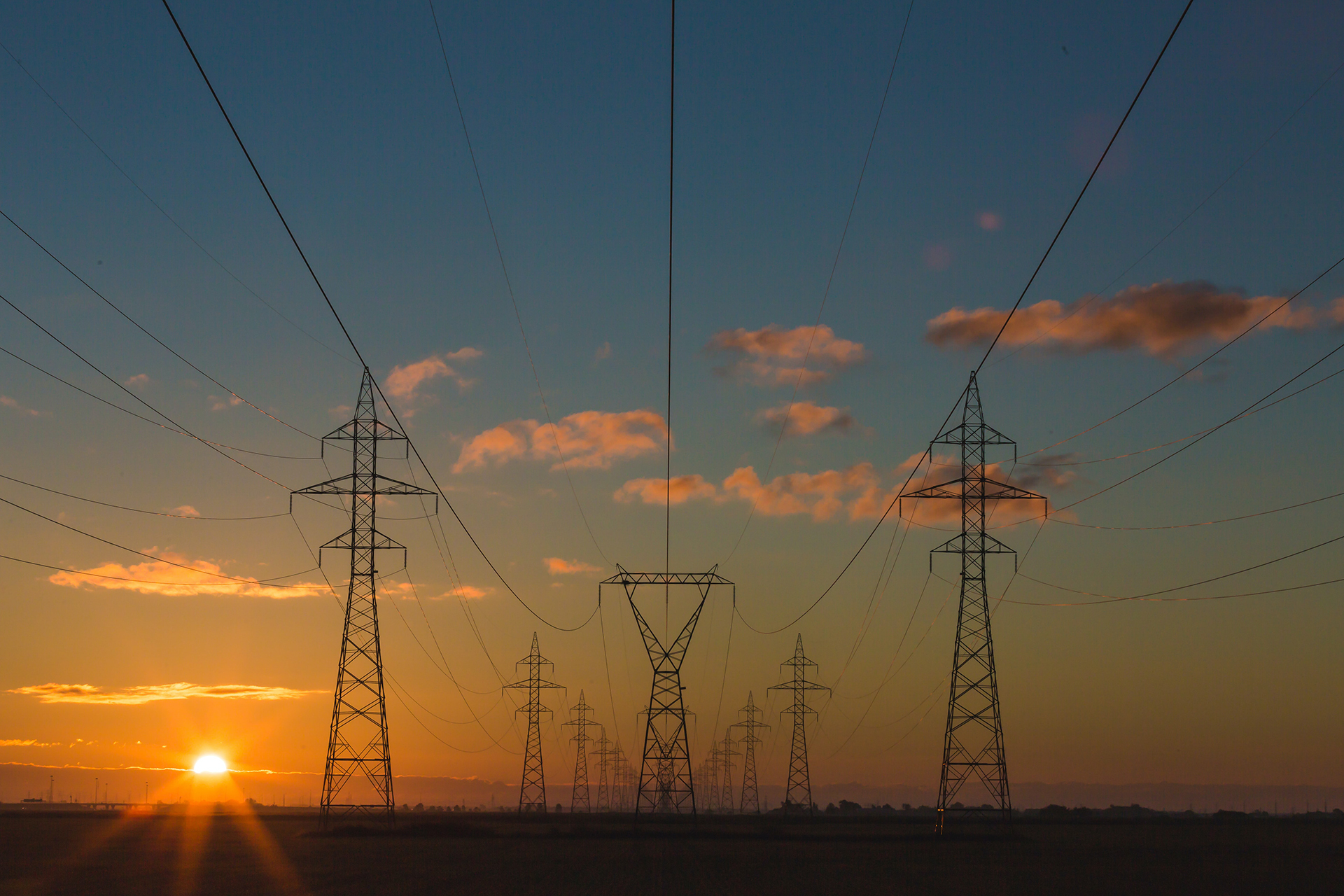In this article, Gabrielle Reid, Associate Director, and Markus Korhonen, Senior Associate, Strategic Intelligence, examine the impacts of the energy crunch and the ‘winter of discontent’ across the UK, Europe and elsewhere.
On 5 September, Russia confirmed that Gazprom, Russia’s state-owned gas company, would indefinitely suspend gas supplies via Nordstream 1 until Western sanctions on the country are lifted. The move has verified widespread fears among governments, policy experts and the people, that Europe’s dependence on Russian gas could be the ultimate downfall in a unified response to condemning the war in Ukraine and beyond.
Not only have disrupted gas supplies all but confirmed the bleak prospect of severe energy shortages over winter, but they have revealed new vulnerabilities in global supply chains, in EU unity and in securing a peaceful resolution for Kiev.
Feeling the Pinch
For the individual consumer and businesses alike, further energy price hikes and persistent inflation increases will mean tougher times ahead. While big business may have the financial backstop, the benefit of economies of scale and a global footprint to wait out growing costs on the continent a little longer, small to medium enterprises (SMEs) are likely to feel the pinch more severely. And, with SMEs employing around 100 million people in the EU, and accounting for over 50 percent of Europe’s GDP, this spells serious problems for EU governments.
Furthermore, business could face new burdens stemming from government plans to soften the blow for consumers. While the UK’s plans to cap energy prices have been welcomed, businesses have already raised concerns that the six-month cap could be too short. Yet, longer term support will bring with it higher government debt burdens.
With finite global gas supply and often absent infrastructure (see Insight #1) limiting governments’ prospects of securing alternative gas, seeking new energy sources, curbing energy demand appear to be the most readily available means to address the crisis. Yet, these are not without their challenges.
InsIGHT #1
|
Oil not Proving to be the Answer
The Organization of the Petroleum Exporting Countries (OPEC) and allied oil producing nations, including Russia, have shown a reluctance to boost oil production, looking to reduce output in October as they prepare for a global economic slowdown to hit demand across the world despite Europe’s energy woes.
Compounding the issue is that low investment by oil companies into new projects during the COVID-19 pandemic means new investments directed towards exploration will only materialise after 2026, while the impending EU embargo on Russian crude oil imports at the end of 2022 will further constrain European supplies of petroleum products.
Storage, Renewables and Reduction Efforts Lag
Some countries, including Germany, are on track to achieve storage targets of 90 percent by November, having reduced demand and secured gas reserves from non-Russian importers. Norway, Europe’s second-largest gas producer, has been ramping up production throughout the year to compensate for supply shortages, while Germany plans to build five new Liquid Natural Gas (LNG) terminals on the North and Baltic Sea coasts, two of which will be operational in late 2023. But this could prove to be too little too late.
Although the transition to renewables has become increasingly necessary, a particularly harsh summer, and low wind generation has left Europe’s wind and hydropower supplies wanting, with nuclear power facilities facing temporary shutdowns amid low water levels for cooling. Even with cooler autumn conditions on the way, current renewable energy output will not meet energy demands.
With efforts to reduce energy consumption already sparking pushback among the public, the EU’s emergency gas plan, which requires member states to reduce gas consumption by 15 percent from 1 August 2022 to 31 March 2023, is unlikely to curb the winter crunch.
Industrial action has already affected numerous sectors across the continent over the summer, with more strikes on the cards if unions and governments fail to reach agreement. Workers in France, Spain and Belgium have already launched strikes in the public transport, health and aviation sectors amid the cost-of-living crisis. Cost-of-living protests are set to intensify, with mass demonstrations already planned in several EU countries and the UK in the autumn. In Germany, authorities have raised concerns that protests similar to those against COVID-19 restrictions and vaccine mandates are possible in the coming months, with the expectation that both far-right and left groups would seek to capitalise on any anti-government sentiment.
Disruptions and Disunion
The road ahead will see elevated energy prices, inflation and job losses from industry closures that will ultimately hurt the pockets of the average European citizen, and, more broadly, introduce new considerations for global supply chains and the EU as it looks to retain a unified position to counter Russia’s aggression.
1. Business disruptions and supply chains
The immediate impact of increased energy prices for businesses is clear. With the basic cost of electricity in Europe increasing to above EUR 500 per MWh in August, representing a 500 percent price increase over the past year, energy-intensive industries such as steel, chemical and fertiliser producers have faced reduced operations or shutdowns.
Already, two major smelters – the Slovalco aluminium smelter in Slovakia and Nyrstar site in the Netherlands, have closed while many other companies are cutting or halting European production due to rising operating costs. By August, almost 50 percent of the EU’s aluminium and zinc output was lost due to such curtailments.
Although many shutdowns have been flagged as temporary, given the expensive and timely processes in bringing certain operations back online, some production halts are likely to be long-lasting.
For operating companies like Norsk Hydro and Trafigura behind the Slovalco and Nyrstar sites such closures mark a direct setback, but the shutdowns and cutbacks will also have significant impact on other industries reliant on smelters for metals, including steel, defence and manufacturing. These metal-dependent sectors – in fact, any sectors reliant on energy-intensive industries as part of their supply chains – will need to source alternative supplies or face their own slowdowns.
However, alternative supplies are unlikely to align with longer term government and industry objectives to source strategic metals closer to home, or from more sustainable producers. Notably, European smelters generate three times less CO₂ emissions than Chinese operators given the latter’s reliance on coal-fired power generation.
"BUSINESSES WILL NEED TO WEIGH UP THE POTENTIAL LONGER-TERM CONSEQUENCES OF SUPPLY DIVERSIFICATION, AND ITS POSSIBLE EFFECT ON OTHER STRATEGIC GOALS, INCLUDING ENVIRONMENT, SOCIAL AND GOVERNANCE CONCERNS."
This means businesses will need to weigh up the potential longer-term consequences of supply diversification, and its possible effect on other strategic goals, including environment, social and governance concerns. Equally, materials such as glass are also facing shortages and could result in further supply chain disruptions. Manufacturers across cars, packaging, housing and building materials, electronics, and other products are reportedly stockpiling glass in anticipation of a shortage in supply. Beverage producers and disruptors have already flagged that the cost of offsetting rising glass prices – up by as much as 90 percent – will be passed to the consumer, while the production of some products may simply be put on hold. And, this comes at a time when longer term goals had hoped to transition away from plastics as part of more sustainable and clearer business practices.
INSight #2
|
2. European (dis)Union
Beyond rising operating costs and supply chain challenges, the potential for weakening resolve to stand up to Russia across the Union, as well as the prospect of navigating a fragmented sanctions regime, will create significant uncertainty for businesses.
"THE POTENTIAL FOR WEAKENING RESOLVE TO STAND UP TO RUSSIA ACROSS THE UNION, AS WELL AS THE PROSPECT OF NAVIGATING A FRAGMENTED SANCTIONS REGIME, WILL CREATE SIGNIFICANT UNCERTAINTY FOR BUSINESSES."
Short of taking direct military action against Russia, and this still seems a very distant possibility, the European response to Russia’s invasion of Ukraine has to remain at the level of sanctions beyond the extensive assistance to Ukraine. Earlier in the year, analysts predicted that as a result of the sanctions the Russian economy was likely to contract significantly – by up to 10 percent by the end of 2022 according to some estimations – but these estimates have since been significantly scaled back.
It was hoped that the economic pressure would force Russia to reconsider the invasion, but there are few indications that a Russian retreat is on the cards (see Insight #2). Russia’s economic prospects are still gloomy, with the IMF estimating a 3.5 percent contraction of GDP in 2023, but this hardly speaks to an imminent collapse of the economy. The Centre for Research on Energy and Clean Air estimates that the European Union alone has made payments in excess of EUR 87.5 billion to Russia for fossil fuels since the beginning of the invasion. And as long as Russia continues to reap significant revenues from energy sales, it is likely to withstand the impacts of sanctions for some time with rising prices essentially offsetting volume declines for the likes of Gazprom.
The limited toll of sanctions, at least in the short-term, coupled with Europe’s desperate need for fossil fuels heading into the winter, has led some countries in the EU to reconsider their approach to the strict sanctions regime. In Italy, the far-right Northern League (which looks likely to form part of a coalition government following elections at the end of September), has suggested a loosening of energy sanctions on Russia. Bulgaria’s caretaker government has stated its plans to enter into direct negotiations with Gazprom, Russia’s state gas company. And on 3 September, driven by concerns over soaring energy bills, a crowd of some 70,000 protested in Prague to demand the Czech government end sanctions against Russia.
While the EU’s position on Russia to date has been presented as a unified front, the likes of Hungarian Prime Minister Victor Orbán have been a consistently recalcitrant participant at best. In July, Orbán declared EU sanctions on Russia a failure, and has met directly with the Russian government to ensure Russian gas supplies, on which Hungary is heavily reliant, continue to flow.
The worry for the EU is that other states, too, will seek to placate domestic concerns over rising living costs by breaking ranks with the rest of the union. As EU sanctions, along with their foreign policy decisions more broadly, must be agreed to by unanimous vote by the EU Council, the sanctions regime can only exist when all members remain on board. A fractured EU would play directly into Russian President Vladimir Putin’s hands but equally blur the regulatory landscape of what can and cannot be done business-wise with Russia across the Union.
Ultimately, it could be a very long winter ahead, one which will require commercial and government players alike to be prepared to weather some tough times.




 Email Gabrielle
Email Gabrielle






 @SRMInform
@SRMInform
 S-RM
S-RM
 hello@s-rminform.com
hello@s-rminform.com

